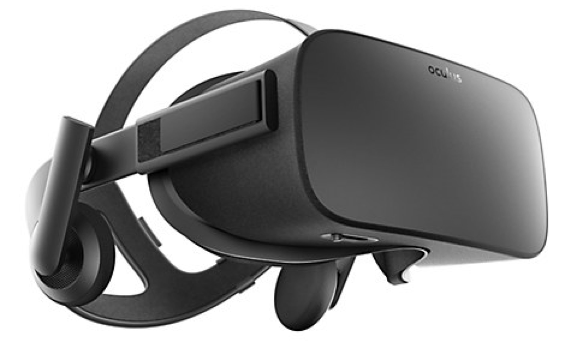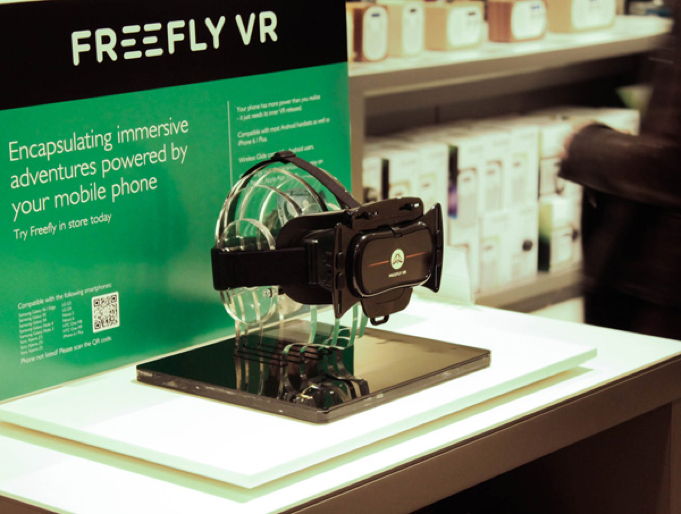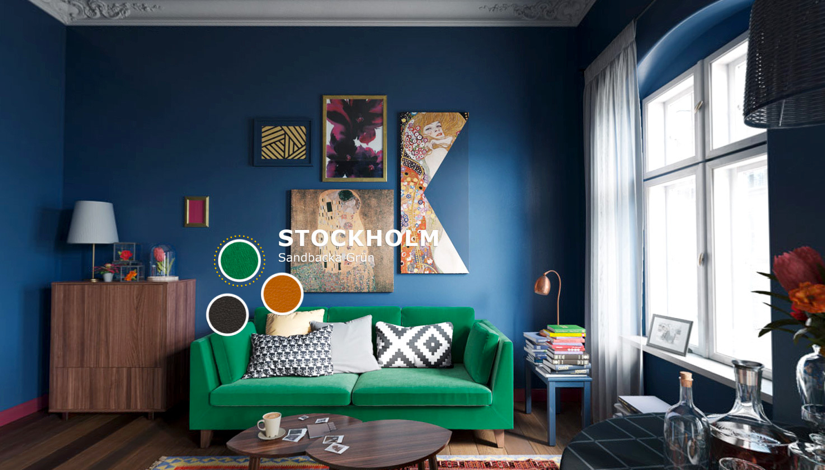
- Posted by info 01 Dec
Virtual Reality Innovations In Retail
How retailers are harnessing the potential of virtual reality
Once the preserve of science fiction, VR has not only become a reality, but quite possibly the most talked about piece of tech on the market right now; and undoubtedly within the next few years it’s set to explode in popularity. Remember when the first iPhone came out? That’s the fanfare surrounding VR right now. However, don’t be seduced into thinking VR is just another tech fad, which will eventually dissolve into irrelevancy like recent tech busts 3D TV and Google Glass. Unlike previous tech flops, the potential for VR far exceeds mere novelty and instead offers the potential to astronomically transform the way we game, communicate and conduct business in the coming decades. For instance check out LoveLove’s recent post, When Virtual Reality Meets Social Media, which goes into further depth on the ways in which VR can be used as a new and exiting business and social interaction tool. Prepare for the revolution!
As we all know, the high street has been losing money to online shopping and its promise of convenience and same day delivery. But with VR’s potential to offer wearers a truly otherworldly experience, when put to good use, retailers can now offer consumers a fun and unparalleled experience that simply can’t be replicated online. The first major store to utilise the power of VR has been John Lewis, which probably won’t come as a surprise considering the mega retailer has proven time and time again, that they’re truly pioneers when it comes to offering their customers something unique and special. After all, let’s not forget who started the whole Christmas advert mania.
Visitors to the fourth floor of John Lewis’ flagship store on Oxford Street, were treated to an incredible visual feast. Not only was the shop floor transformed into a beautiful garden equipped with lots of cuddly merchandise, but also costumers were also able to don Facebook’s Oculus Rift and be immersed into the world of Buster the Boxer, from John Lewis’s recently released Christmas advert. With the innovative use of a Leap Motion detector and kinetic camera, users were able to manipulate the animals from the ad with a simple flick of the wrist – how very fancy.
Interestingly, this isn’t the first time John Lewis has experimented with VR. Just before Christmas 2015, the retailer allowed customers to play around with Freefly VR, a headset produced by the company Rewind. The device allowed users to incorporate their smart phones into the VR experience, and the initial exclusive rights to stock the product gave John Lewis access to the £2 billion smart phone market.

Not to be outdone, Swedish furniture giant Ikea also got in on the VR game with their installation in Berlin. Described as “an interactive showroom that uses the immersive power of virtual reality,” Ikea utilised VR to allow users to take a virtual tour around a room and configure furniture and colour palates to suit their specific tastes along the way. Ikea’s use of VR really demonstrated how the ground-breaking technology could be used to enhance customer shopping experiences and give them the power to curate at the same time.

The future of technology certainly lies in the hands of VR and to avoid being left behind by what might be the biggest tech innovation of this half-century, companies need to invest in VR sooner rather than later. Sure, right now the costs might be high, but undoubtedly as time goes on they will go down. Ultimately the applications for VR and its ability to engage with customers in a new and unprecedented way will eventually prove to be worth the investment. After all, VR is an investment in the future.

Post Comments 0